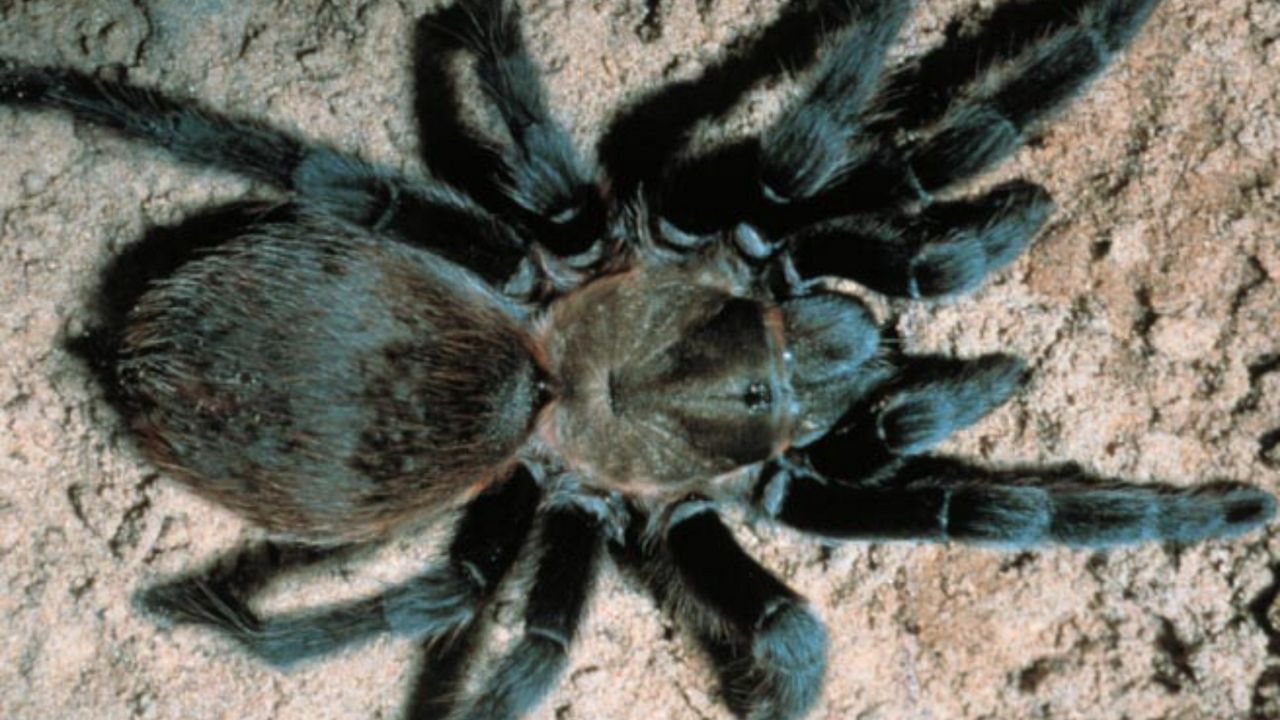TEXAS — Droves of tarantulas are migrating to the state of Texas, a yearly occurrence during the summer. At the start of May and through July, male tarantulas exit their burrows and go on the prowl for a female mate.
A Texas A&M field guide called it “one of the most spectacular spider events in Texas.” The largely known tarantula is common in Texas, with 14 species in the genus.
“This phenomenon is not well understood and may be related to migration more than mating,” according to Texas A&M.The spiders usually stay grounded and remain in their burrows. It’s when they have to forage or hunt for prey that they leave the comfort of their shelter. An event then happens every summer that specifically brings male tarantulas out of their burrows, looking for a mating partner. “This phenomenon is not well understood and may be related to migration more than mating,” according to Texas A&M.
Male tarantulas in Texas typically live seven to eight years, while females live much longer at 25 years at the most.
When the two spiders mate, female tarantulas can lay 100 to 1,000 eggs. It takes 45 to 60 days for the eggs to hatch.
It’s well established that tarantulas are large in size. With a body length of about 1 ½ inches, tarantulas are the heaviest spiders by weight, said Texas A&M.
“Typically, the head-thorax region (cephalothorax) and legs are dark brown, the abdomen brownish black. Color may vary between individuals and certainly changes after a molt,” described Texas A&M.
Tarantulas are likely to be seen in grasslands and semi-open areas. They tend to build their web-lined shelters in natural cavities under logs or stones, spaces under loose bark of tree trunks and even old rodent burrows. A few lines of silk are left on the ground to detect passing prey.
Bites from these spiders in Texas are non-life-threatening, however, it may still hurt given their sharp fangs. When tarantulas are disturbed, they oftentimes will threateningly raise up on its hind legs and stretch out their front legs to offset an attacker. If a threat persists, they could rapidly eject urticating hairs from their abdomen, which can cause irritation to the eyes and skin of an attacker.










